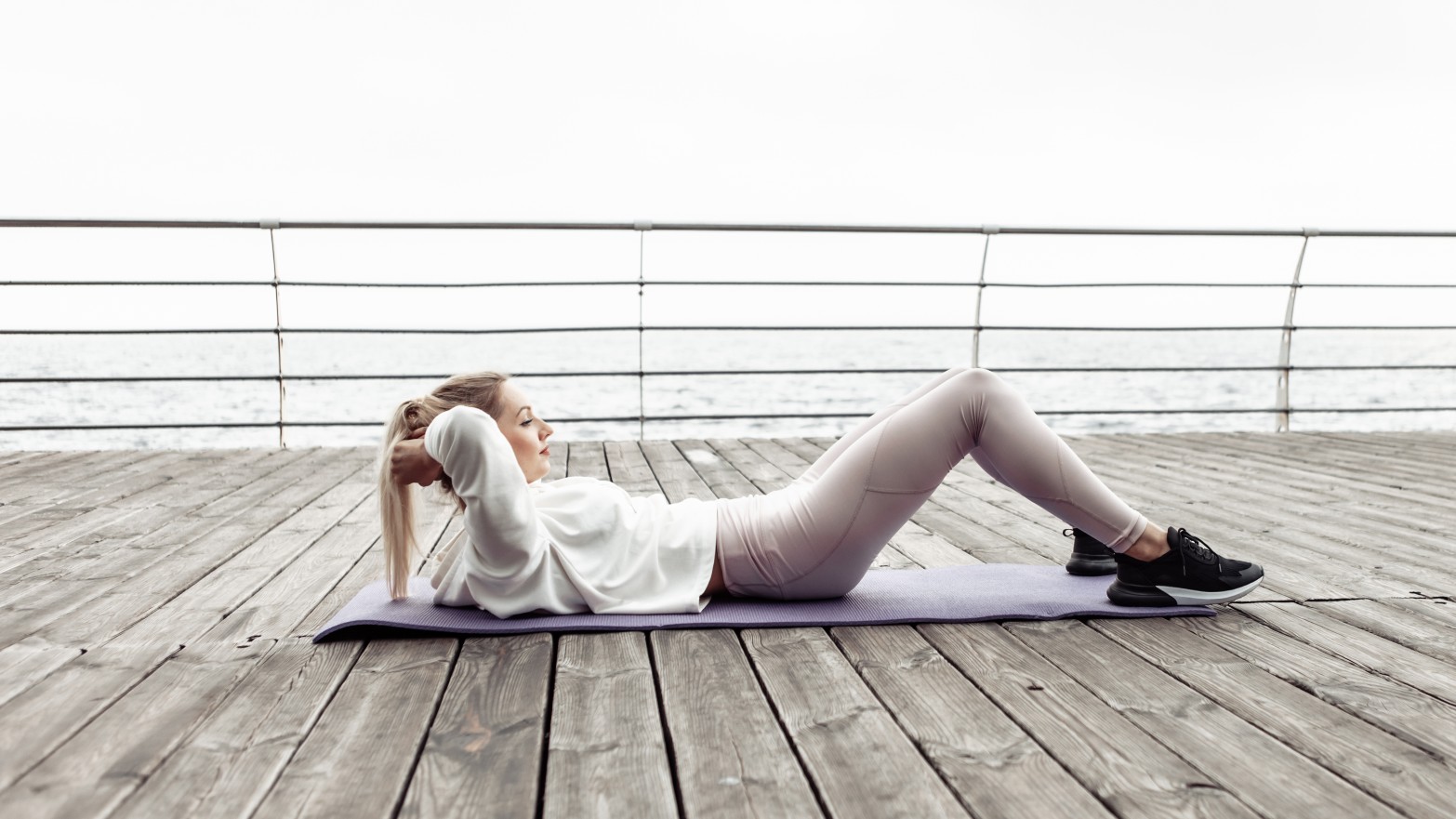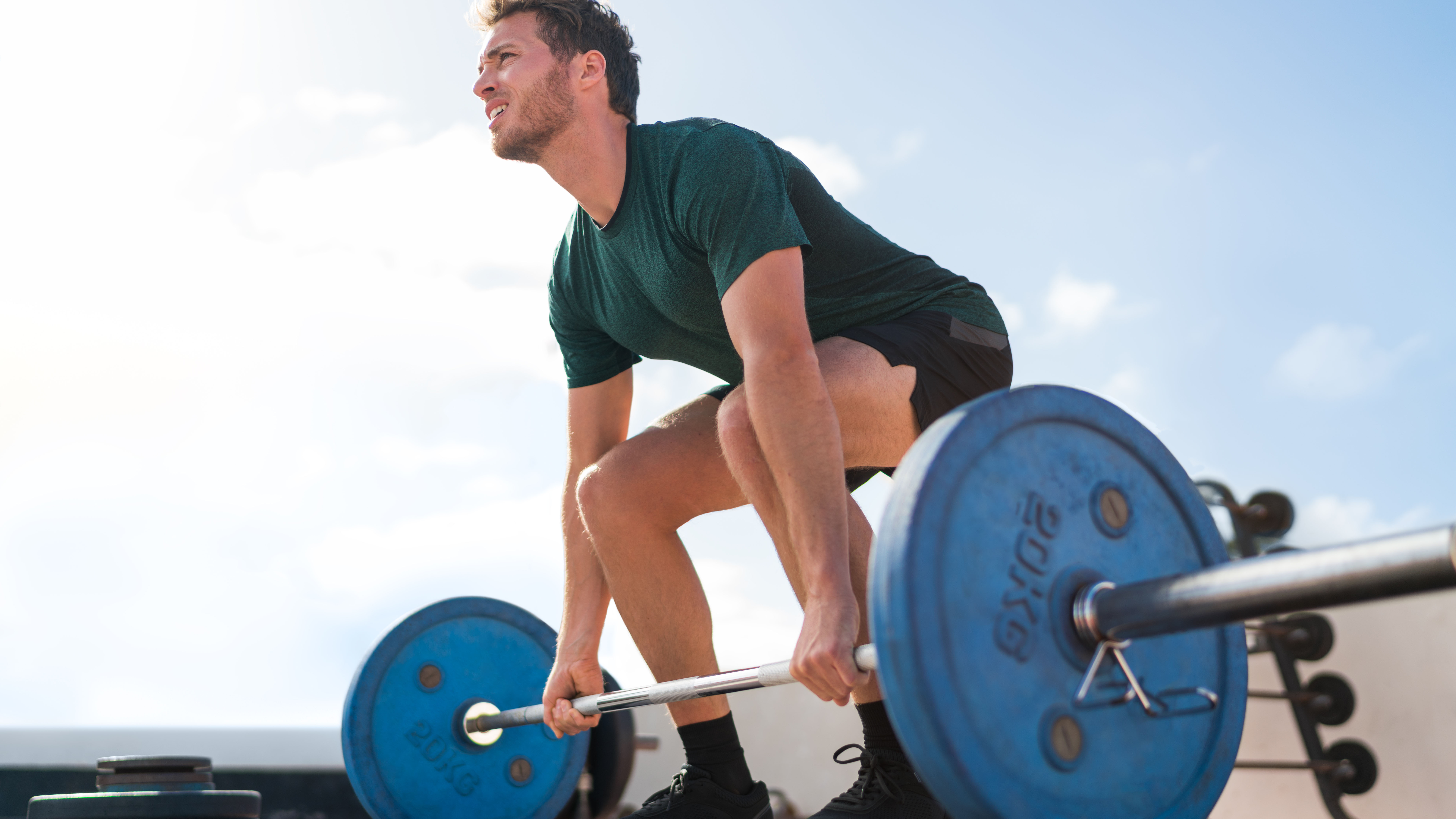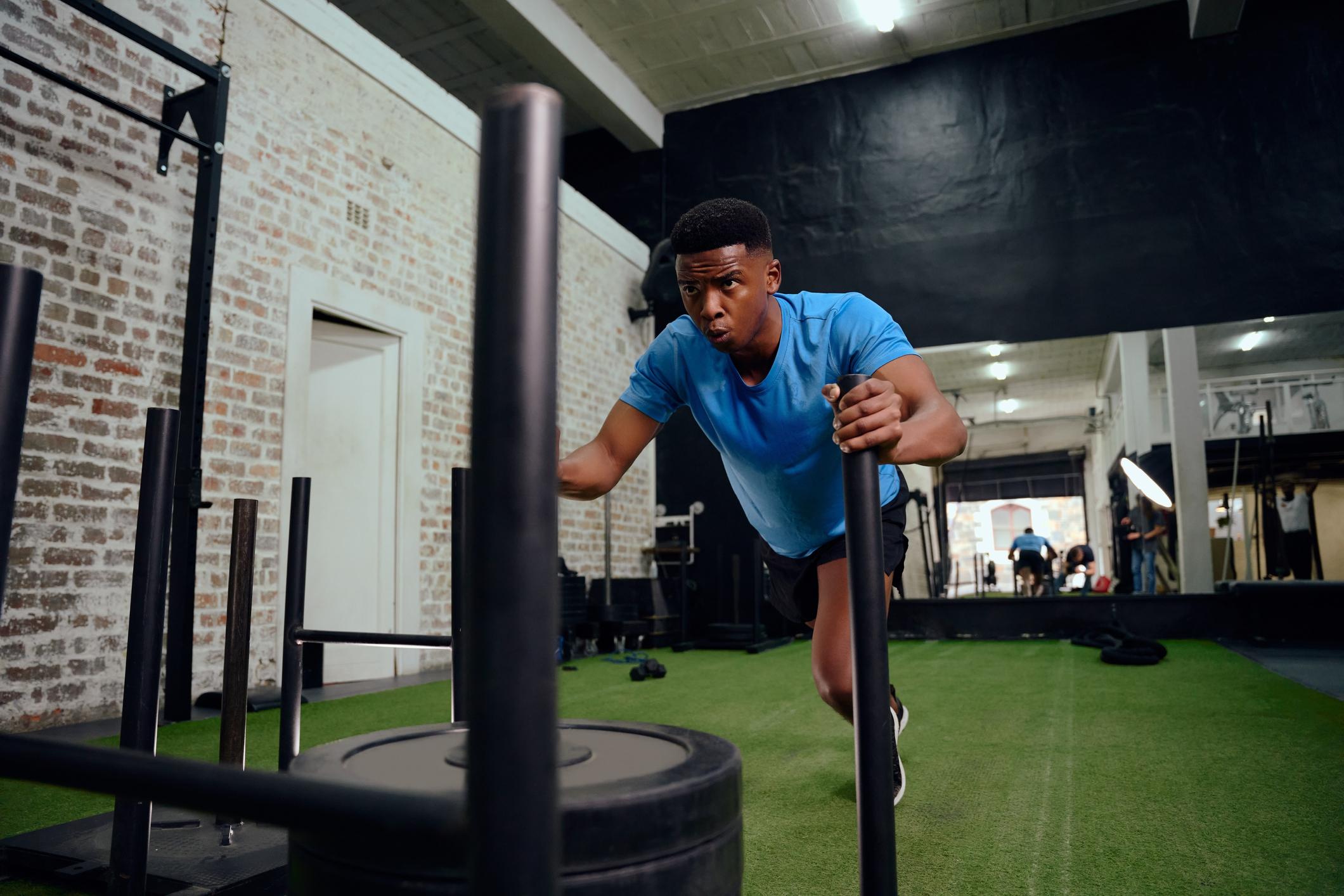How to get a six pack: here's what it really takes
Everything you need to consider in your quest to get a six-pack

It’s summer, the beach is the place to be and, naturally, you’re looking to get a six-pack. You’re putting in the work at the gym, making what seems like the right food choices and yet, still, those abdominal muscles refuse to show.
While you could head online to scope out the best ab rollers or pencil in 1,000 lunchtime crunches, why not take a moment to review the key steps towards attaining true abdominal contentment?
We asked Claire Baseley, a registered nutritionist with a background in biological sciences, for some advice.

Claire is a highly qualified, award-winning Registered Nutritionist, with a degree in Biological Science from Oxford University, a Masters of Medical Sciences in Human Nutrition from Sheffield University and 20 years of experience in the food industry and the civil service.
What is a six-pack?
A six-pack is the popular term given to our rectus abdominis muscles. While all of us have these muscles, seeing them requires us to have a low-enough percentage of body fat for them to become visible. That’s an important point to consider because, though we know that physical exercise contributes to overall health, low body fat doesn’t necessarily equate to optimal health.
As Baseley puts it, “It’s important to highlight that a visible six-pack is not a sign of health.” While well-defined abs are often held up as the holy grail of peak physical conditioning, Baseley, who has experience in sports nutrition, cautions that “particularly in women, a visible six-pack may mean the opposite. Body fat levels may have to be so low as to affect the female menstrual cycle and some women may lose their period in striving for a six-pack. This is a clear sign that health is being negatively affected for an aesthetic.”

How can you get a six-pack?
If you’re committed to the path ahead, the process is essentially two-fold: your abdominal muscles will need to be trained to make them larger and stronger, increasing their visibility. Body fat must also be reduced to low levels.
Shedding the stomach
There are a number of ways to approach a reduction in body fat, but it boils down to achieving a calorie deficit (consuming fewer calories than your body needs). “Those in the sports world will typically consume fewer calories than they need to maintain their weight,” says Baseley, “alongside a high protein diet, potentially up to 2g protein per kilo bodyweight per day.” Combined with increased physical activity, this causes the body to lose fat while preserving lean tissue.
It’s a tricky balancing act and one that must be approached with care. “Health should be considered at all times,” says Baseley. “A varied and balanced diet should be consumed to ensure no nutritional deficiencies result from this approach,” she says.
Considering the extreme measures required to obtain a six-pack, it’s worth first taking the time to consider if it’s the right approach for you. “A body fat-reducing diet can be very strict,” says Baseley, “particularly one that has a goal of extremely low body fat. Not only does this risk physical health, it's also socially isolating and uninspiring and can also affect mental health and body image negatively.”

Training the abs
Some of the best exercises for developing core strength and six-pack abdominals are not the ones that necessarily spring to mind. “Doing a bunch of sit-ups and crunches is surely going to fatigue just the rectus abdominis,” says Ryan McLean, a personal trainer and fitness coach who specializes in strength and conditioning. “To develop the muscles to their full potential I would recommend working on big compound lifts, such as the deadlift, back squat, overhead press, sled pushes, pull ups, the clean, the snatch.
“All these compound exercises are full body movements that require your core to be engaged to execute them properly. Most of my clients are shocked when I say that they don’t need to do that 5-10 minutes of abs at the end because they’ve already lifted enough and engaged their core muscles with the big compound lifts.”
How often should you train for optimal effects? Four times a week, according to McLean, is the perfect balance of exertion and recovery.
What are the best exercises for six-packs?
The best exercises to obtain a six-pack are also useful for all of us in improving the strength of our core, a fundamental element of any fitness journey. For more tips, read our piece on 'how to get a stronger core.'
Your core muscles act as your body’s foundation, offering mobility, strength and balance while also supporting good posture. Planks, mountain climbers, crunches, reverse crunches, Russian twists, dead bugs and leg raises are all solid ways to develop your core, though they aren’t as efficient as larger compound exercises that work lots of muscles and yet offer similar benefits to the core.
Consider other options: “Pilates classes are ideal as they target not just the rectus abdominis but the surrounding abdominal and gluteal muscles, which all form part of the core. It’s not as simple as just doing some crunches,” says Baseley.
As with any part of the body, focusing too much on those ‘mirror muscles’ will create weaknesses elsewhere, meaning a balanced approach is key. “Speak with a qualified expert for advice on a balanced abdominal programme,” says Baseley.
How long will it take to get a six-pack?

When it comes to shedding body fat, it’s advisable to go slowly. Not only is it generally deemed safer to shed weight at a slow pace, it’s also a more sustainable approach and studies – such as this one published in the International Journal of Endocrinology and Metabolism – suggest that it’s the most effective way to retain that all-important lean tissue that will build your abdominal muscles.
As to when you can expect to first see those abdominal muscles on parade, the answer depends on a number of factors, including your body composition, training regimen and nutritional intake. “Obtaining a six-pack will take as long as is needed to healthily lose the body fat around the abdominal area and this will depend upon how much body fat you have to begin with,” says Baseley.
Baseley says that the route to obtaining abs is far more important than the destination, stating that you should never “aim to lose more than a kilo a week”. She also stresses the importance of carefully considering the wider implications beyond gaining a six-pack: “Ask yourself if a six-pack is really what you want,” she says.
Considering that regular monitoring of food and weight is deemed important in successfully shedding weight, it is easy to see how aiming for a six-pack could become a goal that is disruptive to other parts of your life.
“Is it worth sacrificing your physical and mental health for an aesthetic that most people will never see?” asks Baseley. Perhaps the answer is the best starting point when you consider embarking on the quest for a six-pack.
Sign up for the Live Science daily newsletter now
Get the world’s most fascinating discoveries delivered straight to your inbox.
Dan Cooper is an experienced fitness writer who firmly believes in the power of running. The hardest race he has completed so far was Tough Guy, the world’s oldest and most demanding OCR event. There he learned that you may be able to outpace opponents, but outrunning hypothermia? That's a different race entirely.











